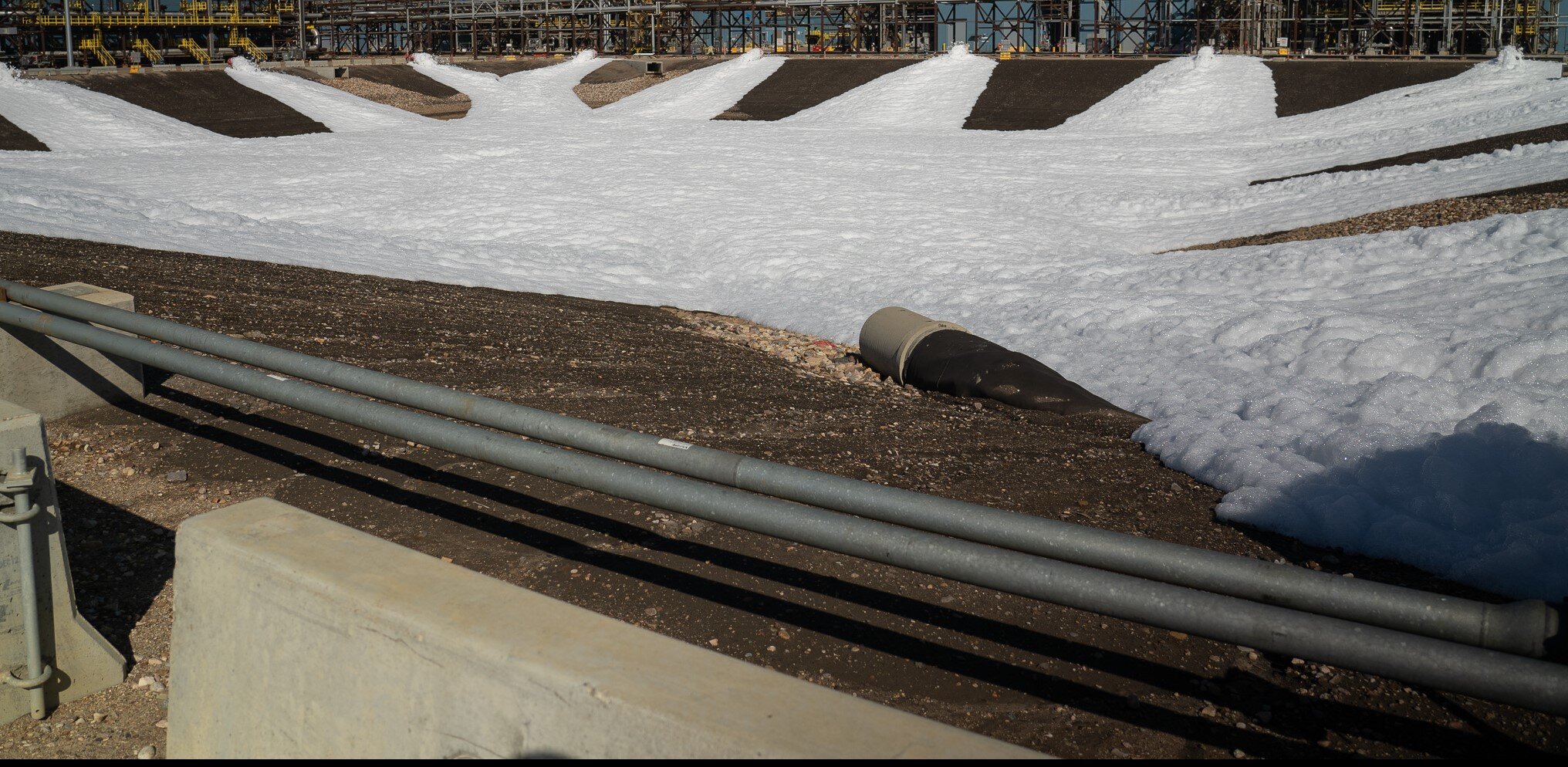Fluorine-free foam was introduced to fire fighting industry back in early 2000 to address environmental corners associated with release of conventional fluoro-surfactant-based firefighting foams. In recent years, NFPA committee has increased focus on addressing these issues by making amendments to NFPA 11 Standard for Low, Medium and High Expansion foams. To minimize the impacts of foam solution discharged by fixed or mobile fire suppression systems, NFPA 11, 2016 edition has made following recommendations:
- Use of fluoro-surfactant free foams for fire-fighters training to minimize the discharge of foam during testing
- Use of fluoro-surfactant-free surrogate liquid for testing of proportions. The alternative option is the water equivalent test
- Use of event-initiated or engineered containment system for discharge collection
However, NFPA 11, 2016 still permits use of fluoro-surfactant foams in an actual fire fighting scenario. In such a case, discharged foam solution will be typically sent to an approved wastewater treatment plant for further treatment, However, this can be a challenging task. Issues such as Fuel contamination, excessive foaming, sock loading due to foam higher than normal BO (Biological Oxygen Demand of foam agent), all contribute to an inefficient treatment of foam inside aeration tanks that resulted in an untreated waste stream containing fluoro-surfactant foam leaving the treatment plant and reaching natural bodies of water.
Once released, the Impact of foam solution discharge on natural bodies of water is quite detrimental. Fluoro-surfactant foams are persistent and tend to stay in the water for extended periods of time, making biodegradability a concern. They are also toxic to marine life and contributed to the formation of algae blooms (especially in the case of protein foams) that will act as a blanket depriving marine life species of receiving sunlight.
If no containment mechanism is put in place, once fixed or mobile foam suppression system releases, foam solution can penetrate through the soil and eventually reach underground water resources and potentially end up reaching drinking water supplies. A trace amount of these foam agents, if found in the drinking water supply, can potentially cause serious health impacts on humans as well.
On the other hand, fluorine-free foams are far less toxic, generally Biodegradable and do not have nuisance Foaming as with the case of fluoro-surfactant foams and have excellent Burn Back Resistance characteristics (Even superior to conventional fluoro-surfactant foams). In fact, fluorine-free foams are already being used successfully by airports, militaries, and oil and chemical companies across the globe from Australia to Europe, but North America is slowly adapting to this new technology.
Despite these advantages, there are some challenges with upgrading of an existing foam system that currently works with conventional foam agents to a fluorine free foam system. First, this will come with an additional cost of disposal of existing fluoro-surfactant foams as those agents cannot be simply disposed to the nearest body of water. Second, cost of equipment replacement is another challenge, as depending on the application rate required or hydraulic demand of the system, some components of the foam suppression system (ex. foam bladder, piping, discharge devices, etc.) might need to be changed. Moreover, traditionally, fluorine free foams had issues such as need for a higher application rate, slower response time in controlling fire and lack of ULC listing for wide range of applications. Good news is that performance of fluorine-free foams has dramatically improved since its introduction to the market in early 2000 and recently, a greater number of fluorine free foams become UL-Listed for different applications including hydrocarbon storage tanks.
Furthermore, as we globally become more conscious about consequences of releasing fluoro-surfactant foams to environment, more and more legislations are being passed around the world to ban release of fluoro-surfactant foams on the ground or to the natural bodies of water. As a result, global demand for fluorine-free foam agents will substantially grow over the next decade and Canada will be no exception.
To have a better understanding of fluorine free foams performance, please refer to a new report published by NFPA on “Evaluation of the fire protection effectiveness of fluorine free firefighting foams”.
If you are looking for upgrading your foam system using new environmentally friendly foams, feel free to reach out to us for a free consultation. With a dedicated team of engineers, designers and trade professionals, all well-versed in foam fire protection systems, we can address all of your concerns and come up with most economically viable options for transition from existing A3F foams to fluorine free for your fire protection system.



